|
When you hear organic, most people realize it’s probably the best choice. But do you know why your pet’s food should be organic? Here’s just a few of many reasons.
Helps Keep Your Pet Healthy Organic pet food generally contains higher-quality proteins that your pet needs to thrive. Instead of additives and growth hormones, they are more likely to have only the healthy nutrients your pet should be eating regularly. Keeping your pet healthy means he or she will probably live a much longer, happier life. It Tastes Better In order to be effective, your pet’s food has to taste good or they won’t eat it. Many pets enjoy the taste of organic foods much better than the alternative, as it’s closer to what they would eat in the wild. It’s More Cost-Effective Buying organic food now can save you money later. Healthier pets are more likely to have less vet visits and not as many health issues. You Should Know What Your Pet is Eating Organic pet food labels are often simpler to read with only all-natural ingredients. This means you can tell what your pet is getting by reading the label and avoiding hard-to-pronounce (and digest) unhealthy additives.
0 Comments
by Tara M. Clapper, Contributing Writer
Salon treatment. They say that dogs match their owners, but some owners take this to a different level. Some Chihuahuas receive serious salon time and pampering--including painted (pet-friendly) nails and even fur treatments at pet spas.
Fashion show. Everyone's seen dog costumes, especially at Halloween. Some people dress their dogs daily and often match the dog to their own clothing. Dog reaction varies, depending on the attitude of the dog being dressed. These things are all cute when done on occasion, but celebrities like Paris Hilton have glamorized the idea of using a Chihuahua as a fashion accessory. Chihuahuas are petite and often babied due to their small size; they also make ideal companions for those wanting a companion dog. If you engage in fashion accessory behavior, it's important to pay attention to your dog's reaction. Is he happy when you fuss over him after providing the new outfit? Is he fearful when you take him out for a stroll in the doggie purse? In many instances, it depends on the dog and the activities that specific dog enjoys. Which do you think involves making the dog a fashion accessory? Which are cruel and which are cute? Please leave your comments below. This post was originally published on Examiner.com as Chihuahua Examiner. Republished with permission of the author.
by Tara M. Clapper, Contributing Writer
It's no secret that Chihuahuas are little dogs with big attitudes. Commonly called a big dog in a little dog's body, it's easy to imagine that most Chihuahuas simply suffer from Napoleon Complex. Because of their small frames, Chihuahuas simply have to alert humans and other larger animals know when they're there--if not, they could get stepped or sat on very easily.
Although the Chihuahua's alertness and protective nature is charming and sometimes useful, Chis can get out of control with this behavior.
In these instances, it's important to increase training. You can work with a local dog behavior expert or simply begin by correcting the negative Chihuahua behavior.
Do you have tips for dealing with aggressive Chis? This post was originally published on Examiner.com as Chihuahua Examiner. Republished with permission of the author.
by Tara M. Clapper, Contributing Writer
Chihuahuas are known for their tiny size, especially when they are puppies. One advantage to their smallness involves the size of their waste--Chihuahua urine comes in small volumes and the excrement looks more like large pellets than hefty dog poo.
If you're wondering about how to housebreak your Chihuahua, consider an indoor option. Chihuahuas can easily learn to use indoor house training pads (or "pee pads") that rest on the ground. They can also use dog litter boxes. Look for scent-formulated puppy training pads. These pads contain a scent that encourages dogs to use them for the intended purpose. Here are some reasons to consider training your Chihuahua to use the bathroom inside:
If you're interested in these potty training methods for your Chihuahua, check out the following resource:
Housebreaking Your New Puppy This post was originally published on Examiner.com as Chihuahua Examiner. Republished with permission of the author.
by Tara M. Clapper, Contributing Writer
The Bite: Attitude Towards People
Chihuahuas are one-person dogs. They're also sometimes jealous and protective when it comes to their owners. This has gotten the Chihuahua a reputation for being an hateful ankle-biter, though most Chihuahuas are friendly and affectionate dogs. Chihuahua Owner Stereotypes Folks like Paris Hilton have created stereotypes about Chihuahua owners. Some people think that Chihuahua moms and dads, like their dogs, are only concerned about image and ego. Others think that Chihuahua owners have a psychological illness-- a need to be depended upon by a helpless being (if that's the case, who knows what they think about parenting human children). Napoleon Complex Chihuahuas like to be top dogs. As a result, sometimes they bully large breeds into running away, tail between legs. This can be embarrassing for the average Doberman or American Staffordshire Terrier owner, so they hate on the small dog. Limited Interaction Many people who "hate" Chihuahuas state a preference for larger dogs. These people prefer rough play and wrestling with their dogs, so obviously a fragile Chihuahua is not the dog of preference for them. Some believe that it's not worth owning a dog if the dog isn't able to catch a Frisbee or run several miles. While these "reasons to hate" do apply to some Chihuahuas and their owners, it seems that many people have a difficult time imagining the world from a little dog's point of view. If most creatures and objects were several times your size, how would you react? Please feel free to add comments or additional stereotypes here. This post was originally published on Examiner.com as Chihuahua Examiner. Republished with permission of the author. |
Pawsitive
|
- Brand Shamans
- Brand Healing
- Inner Healing
-
INTENT-SIVE NATURE
- Content & Brand Elevation
- Healing Jewelry & Talismans
- Bath, Beauty, & Self-Care
- Healing Sessions
- Rituals, Herbs, & Altar Supplies
- Gawwwdess Baby Boutique
- Soul Flame Gifts
- Yoga & Meditation
- Books & Media
- Education & Homeschool Resources
- Home, RV, & Decor
- Clothing
- Pets
- Custom Orders
- Monthly Subscription Boxes
- October Festivals
- FLOW-Key Parenting
- About & Contact
- RV, Nature, & Travel Shamans
- Souls Within
- Life & Home
- Heart 'N Mind Homeschool
- The Homeschooling Mommy
- Books & Authors
- Speak Up!
- Pawsitive Pet Parenting
- Manifesterz
- Gifts In Minutes
- Brand Shamans
- Brand Healing
- Inner Healing
-
INTENT-SIVE NATURE
- Content & Brand Elevation
- Healing Jewelry & Talismans
- Bath, Beauty, & Self-Care
- Healing Sessions
- Rituals, Herbs, & Altar Supplies
- Gawwwdess Baby Boutique
- Soul Flame Gifts
- Yoga & Meditation
- Books & Media
- Education & Homeschool Resources
- Home, RV, & Decor
- Clothing
- Pets
- Custom Orders
- Monthly Subscription Boxes
- October Festivals
- FLOW-Key Parenting
- About & Contact
- RV, Nature, & Travel Shamans
- Souls Within
- Life & Home
- Heart 'N Mind Homeschool
- The Homeschooling Mommy
- Books & Authors
- Speak Up!
- Pawsitive Pet Parenting
- Manifesterz
- Gifts In Minutes


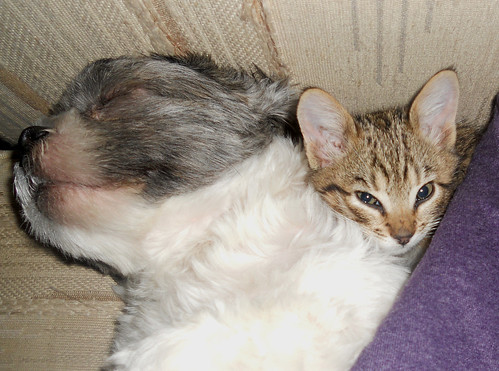
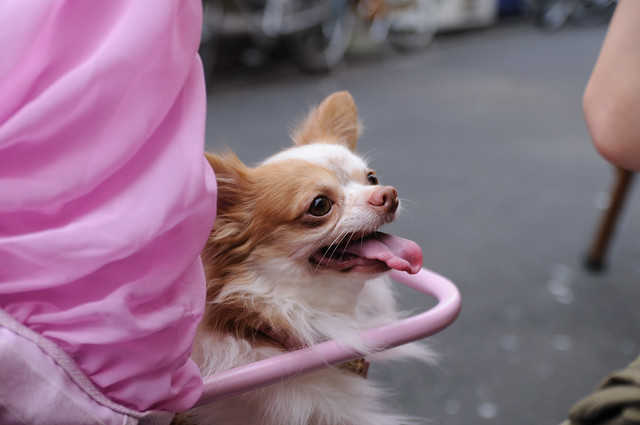
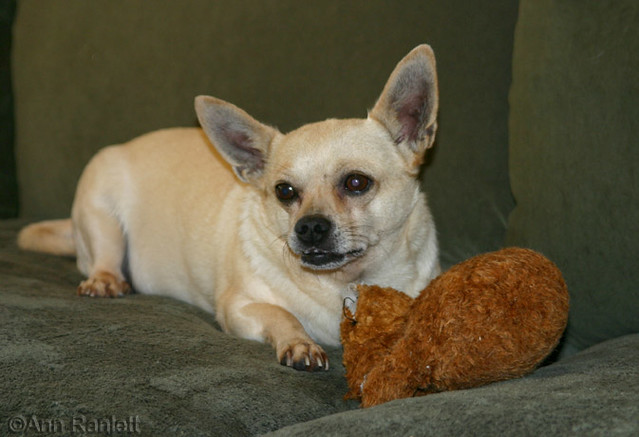
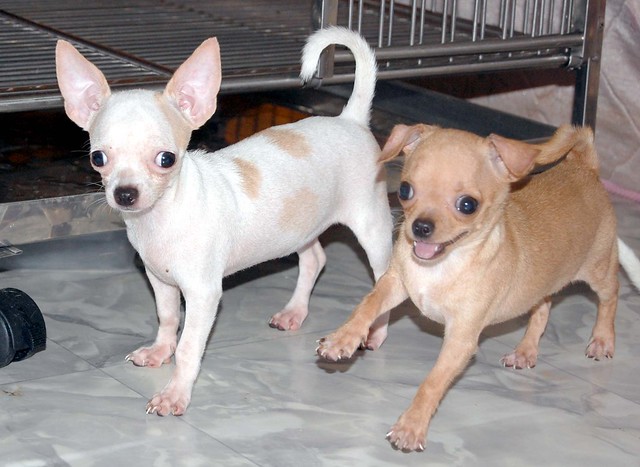
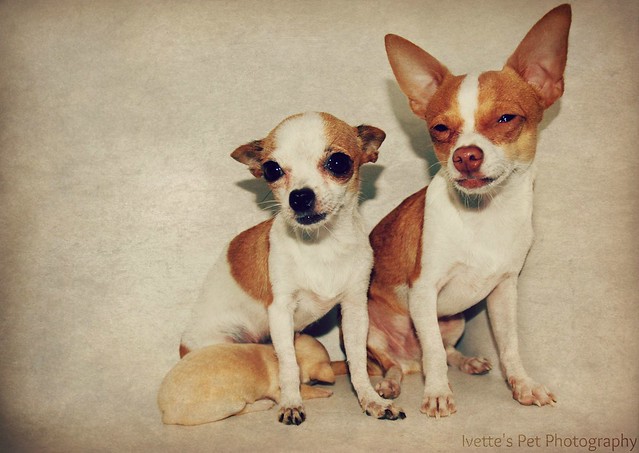
 RSS Feed
RSS Feed



